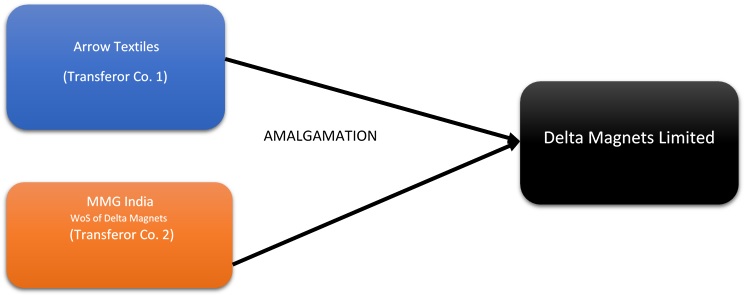
Īlthough there is much overlap in the requirements and use of instruments, ordinary CD instruments are usually optimized for operation in the ultraviolet, approximately 170–300 nm, while MCD instruments are typically required to operate in the visible to near infrared, approximately 300–2000 nm. So, natural CD is much more rare than MCD which does not strictly require the target molecule to be chiral. Thus, there is not the same direct relation between magnetic optical activity and molecular stereochemistry which would be expected, because it is found in natural optical activity. However, in MCD in the presence of a magnetic field, LCP and RCP no longer interact equivalently with the absorbing medium. Because of the handedness of the molecule, the absorption of the LCP light would be different from the RCP light. In natural optical activity, the difference between the LCP light and the RCP light is caused by the asymmetry of the molecules (i.e. More recently, MCD has found useful application in the study of biologically important systems including metalloenzymes and proteins containing metal centers. Since that time there have been numerous studies of MCD spectra for a very large variety of samples, including stable molecules in solutions, in isotropic solids, and in the gas phase, as well as unstable molecules entrapped in noble gas matrices. There was, however, little effort made to refine MCD as a modern spectroscopic technique until the early 1960s. The expansion of the theory to include MCD and MOR effects in the region of absorptions, which were referred to as “anomalous dispersions” was developed soon thereafter.

The development of MCD really began in the 1930s when a quantum mechanical theory of MOR (magnetic optical rotatory dispersion) in regions outside absorption bands was formulated. It was first shown by Faraday that optical activity (the Faraday effect) could be induced in matter by a longitudinal magnetic field (a field in the direction of light propagation). The MCD signal also provides insight into the symmetry of the electronic levels of the studied systems, such as metal ion sites. Paramagnetic systems are common analytes, as their near-degenerate magnetic sublevels provide strong MCD intensity that varies with both field strength and sample temperature. MCD measurements can detect transitions which are too weak to be seen in conventional optical absorption spectra, and it can be used to distinguish between overlapping transitions.

Magnetic circular dichroism (MCD) is the differential absorption of left and right circularly polarized (LCP and RCP) light, induced in a sample by a strong magnetic field oriented parallel to the direction of light propagation. MCD spectra vary with applied field strength


 0 kommentar(er)
0 kommentar(er)
